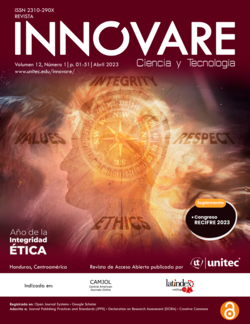Wanáragüa. An embodied representation of Garifuna´s ancestral forms of resistance
DOI:
https://doi.org/10.5377/innovare.v12i1.15960Keywords:
Customs and traditions, Garífuna Dance, Resistance to oppressionAbstract
A group of kids performing the Wanáragüa dance. This dance represents an artistic, cultural tradition through which Garínagu (Garífuna people) swiftly embody histories of resistance against their oppressor. This cultural tradition originated as a result of a warfare tactic designed by the Garínagu. Such tactic consisted in masking their faces and dressing up with colorful blouses and skirts as part of an ambush as they defended their territories from the British invasion. Since then, Wanáragüa has been part of the Garífuna people’s collective memory, and its history is joyfully commemorated during Christmas and New Year’s celebrations.
Downloads
185
PDF (Español (España)) 83
Published
How to Cite
Issue
Section
License
Copyright (c) 2023 Dania Valentina Mena Arzú, Nodia Mena

This work is licensed under a Creative Commons Attribution-NonCommercial-NoDerivatives 4.0 International License.




